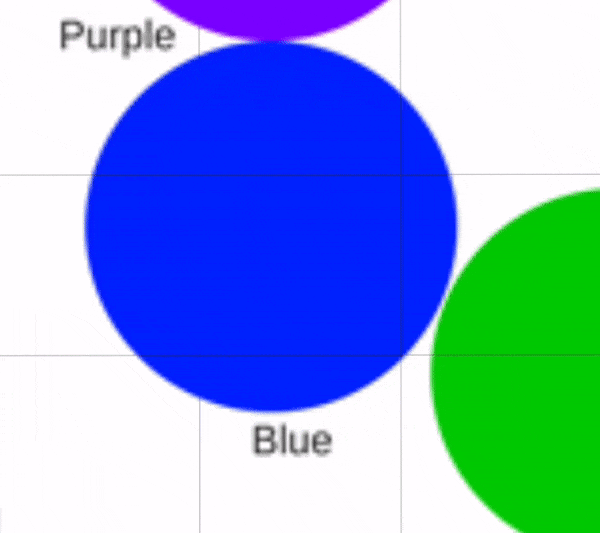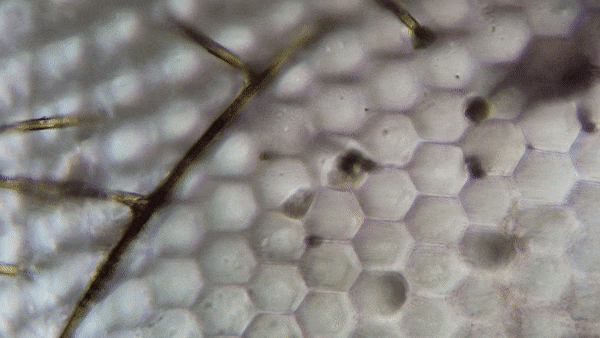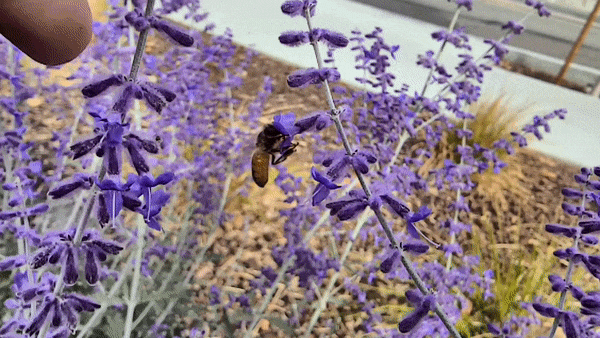What is something that has been with you through thick and thin? Stood beside you during your worst moments in life? Who is someone who has always been there with open arms waiting for you to embrace it when the world starts looking bleak without ever judging who you are as a person? Who has provided you hours of entertainment making you wonder how did your life have any meaning before they were part of your life?
If you answered spouse, partner, parents, sibling or best friend, all of those are invalid answers in the world we are currently living in because the only correct answer is your smartphone. Now, we use our smartphones every passing minute in a day but rarely think about how it functions. Take for example, looking at this color wheel on your smartphone as shown below.
A fascinating thing is happening under the hood. You see, in order to produce these colors on your screen, the smartphone screen has a grid of tiny bulbs called LEDs. These LEDs consist of only 3 colors i.e., Red, Green and Blue. So, in order to mimic the white color all 3 colored LEDs will be ON and to mimic the black color, all 3 LEDs will be off, you get the idea. To make the desired colors, they switch on and off with different levels of brightness to make the user think they are looking at a single color. Here is the same color wheel but looking at the LED level instead.
So, if you buy a 4k TV it will have more of these LEDs squeezed in the same area and thus you get more detail in the pictures or videos you are watching, which means clearly being able to pick out crow's feet on your favorite celebrities much to your surprise. I too, like you thought celebs never had a single flaw, alas 4K TV is ruining all our dreams. Now that I have lost half of my readers who zoned out, let's talk about insects. Insects have two kinds of eyes: simple and compound eyes. Simple eyes as their name suggests, have a simple job: allow the insect to detect light from dark situations. This is how simple eyes look like on a Springtail.
Compound eyes on the other hand are a grid of microscopic lenses which are more advanced because they allow them to detect shapes and details like colors. Individual information from each of these lenses is sent to the brain to allow it to form a composite picture and decide if there is a food, predator or prey in the immediate distance. Similar to how your brain perceives a single color instead of the different color LEDs trying to project a certain color. Also, compound eyes are much more numerous than the paltry simple eye numbers with them easily reaching thousands of units. This is how a compound eye looks on a Green Lacewing.
Each unit of the compound eye is called ommatidium. The greater the number of ommatidium on the insect, the better details it can see. Think of the difference in resolution between a TV 20 years ago and the latest 8K TV. These individual ommatidium are hexagonal in shape which makes it easy to fit together without leaving any gaps. Below is a close look at the ommatidia of the Western Honey Bee.
The honeybees are unusual in their compound eyes because unlike other insect compound eyes, they have microscopic hairs on their eyes. Yes, you read it right and you thought nose hairs were gross.
But there is a reason for this design. Having these hairs on their eyes allows them to check how fast they are flying and whether they are speeding in a school zone. Also, since these bees like to just stick their face right into any random flower to collect the nectar, these hairs can protect their eyes from all the pollen that might stick to these lenses. Here is one sticking its face into the flower like I do when I see a cake. Old habits die hard.
Another thing that makes bees so fascinating has to do with how they use their forewings and hindwings. Wasps and bees have 2 pairs of wings like a lot of other flying insects except flies (Why not flies? Read here). The hindwings are smaller than the forewings. See if you can distinguish the forewing from the hindwing on this honeybee once it stops flapping its wings.
In order to provide synchronization between the forewing and hindwing and not have each wing step on each other's toes during flight, there are a series of hooks which keep both the forewing and hindwing together, thus ensuring a snug fit.










No comments:
Post a Comment
Did you learn something new in this post? Let us know in the comments below